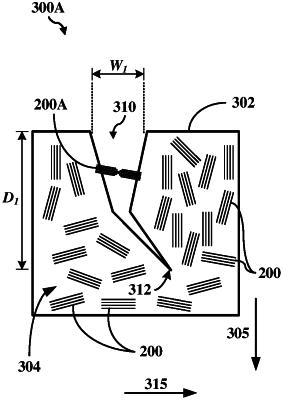| CPC C03C 23/0055 (2013.01) [C01B 32/194 (2017.08); C03C 3/04 (2013.01); C03C 3/083 (2013.01); C03C 14/004 (2013.01); C03C 17/007 (2013.01); C03C 21/007 (2013.01); C03C 23/006 (2013.01); C03C 23/0065 (2013.01); C01B 32/198 (2017.08); C03C 2217/47 (2013.01)] | 20 Claims |

|
1. A method of reinforcing a carbon-containing glass material including a surface-to-air interface, the method comprising:
supplying a non-thermal equilibrium plasma comprising a plurality of positive charged gas particles and a plurality of ionized inert gas particles into a reaction chamber;
accelerating at least the plurality of positive charged gas particles through the reaction chamber based on application of an electric potential to the non-thermal equilibrium plasma;
bombarding the surface-to-air interface of the carbon-containing glass material with the accelerated positive charged gas particles and the ionized inert gas particles;
forming an interphase region in the carbon-containing glass material in response to the bombardment by the accelerated positive charged gas particles and the ionized inert gas particles, the interphase region including a plurality of voids formed therein and extending from the surface-to-air interface along a direction orthogonal to the surface-to-air interface to a depth of the carbon-containing glass material; and
forming a compressive stress layer in the carbon-containing glass material in response to the bombardment by at least the ionized inert gas particles, the compressive stress layer disposed between the interphase region and the surface-to-air interface of the carbon-containing glass material.
|